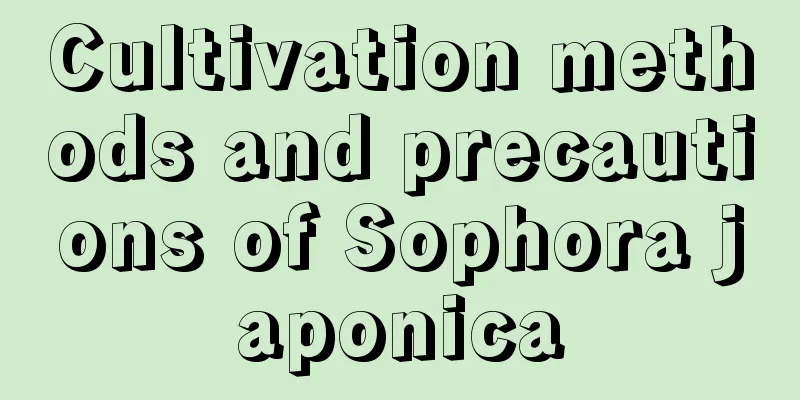Why do roses only grow branches but not bloom?

reason1. BarrennessThe soil used for cultivation is poor or the potting soil has not been replaced for a long time, the fertility is weak, and the nutrition is deficient, especially the phosphorus fertilizer content is too low, which inhibits the normal differentiation of flower buds and thus affects normal flowering. 2. Poor ventilationThe cultivation environment is located in a shaded place with poor ventilation and insufficient light, which inhibits the germination of flower buds. 3. Improper pruningThe pruning work was not done properly, the branches were too dense, the nutrients were dispersed, and the flower buds lacked the nutrients they needed for growth. 4. Temperature is too highThe temperature in midsummer is high, causing the soil temperature to rise above 30°C, which inhibits the normal physiological functions of the root system. High temperature can also easily cause water shortage, making the soil layer at the root system dry and hot, which can easily lead to wilting of branches and leaves and scorching of leaf edges, which is not conducive to autumn flowering. Therefore, watering must be sufficient in summer, and the potting soil can be properly covered with small pieces of corn cobs and short plant stems. When watering, you should try to remove the covering material to allow water to directly contact the potting soil to facilitate the reduction of soil temperature and control water evaporation. 5. Temperature is too lowThe temperature in early spring in the north is difficult to predict, and frost damage often occurs. This period is the sprouting of rose axillary buds, differentiation of flower buds and growth of new shoots. Therefore, it is necessary to avoid frost damage caused by late frost and cold currents, otherwise the growth of flower buds will be hindered and it will be difficult to form buds and bloom. The new shoots will wither after being frozen, which will reduce the flowering rate of the first flowering. In summary, timely and effective protective measures should be taken against frost damage. 6. Pests and diseasesThe final reason may be that the plant was infected by disease and failed to receive timely and effective prevention and treatment, which led to its death and naturally it would not bloom. Ma Liang's brilliant writing skills rely on his fantastic myths, but we can only rely on diligent sowing. Dear flower lovers, in order to prevent the "flowerless tragedy" from happening, please diligently use the "water and fertilizer" in your hands! |
<<: What to do if the leaves of potted magnolia wither in summer
>>: Why doesn't the gardenia bloom?
Recommend
How to use Areca palm for flower arrangement and how to trim it
1. Flower arrangement pruning method 1. Method 1:...
The role of cornflower
The first function of cornflower: ornamental The ...
The efficacy and function of Anemarrhena
1. Quench your thirst Generally speaking, this ki...
What to do if the tip of the leaf of Aspidistra dries up
1. Proper shade Reason: Too much light can cause ...
Potted strawberry planting technology
1. Prepare the soil Use a flowerpot with a diamet...
How to grow Clivia so that it can grow
1. Choose the right variety Not all varieties of ...
Can Monstera survive by cuttings? (How to successfully propagate Monstera by cuttings?)
The main propagation method of Monstera is cuttin...
The breeding methods and precautions of Cross Star Brocade
1. Maintenance methods 1. Temperature: Cross Star...
What are the cultivation methods and precautions of dry lotus?
How to cultivate lotus The lotus is suitable for ...
How to identify brocade lanterns
1. Blades The leaves of the Lantern Festival are ...
What are the cultivation methods and precautions of fragrant wood?
Cultivation method of fragrant wood The fragrant ...
When is the best time to prune bayberry?
Bayberry pruning is very beneficial. It can effec...
What is the best month to plant edamame in the north?
When is the best time to plant edamame in the nor...
How to grow orchids
1. Breeding environment (1) Fertilization: Genera...
Ginseng Ficus should use a large or small pot
Ginseng Ficus should use a large or small pot The...









